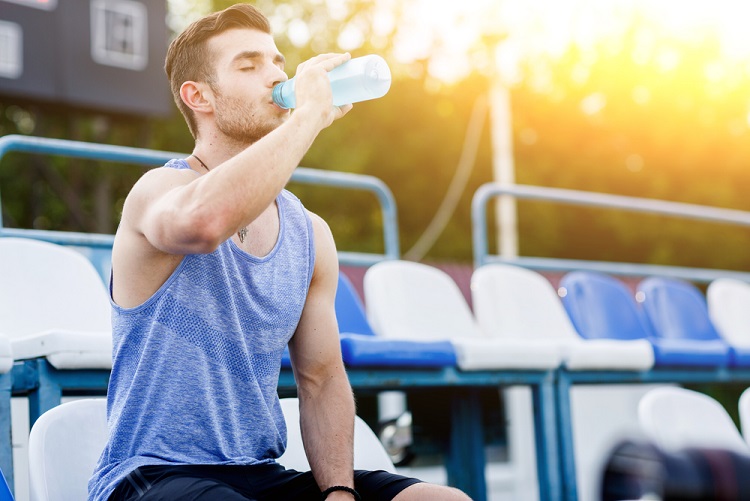by Rick Goldman
Chlorine is the preferred water disinfectant method by most water providers due to its affordability and effectiveness in removing pathogens that can develop in the water supply such as infections, microorganisms, and protozoan. However, although chlorine has been a popular water disinfectant over the years, studies have shown that it may not be safe to drink high amounts of chlorine. Small amounts of chlorine do not pose a significant risk, but there is no way to tell the amounts of chlorine in the water, and hence, it is good to remove chlorine from the water you drink.
Exposure to chlorine can cause various health conditions that range from chest tightness, difficulty in breathing, cough, irritation of the airways, eye irritation, skin irritation, sore throat, and wheezing. It is more hazardous to the elderly because they have weaker bones, confirm the in-home nursing care experts. The severity of the conditions depends on the exposure while the duration and the dose will determine the effects. Thankfully, it is possible to remove chlorine from water at home using various methods. The best water removal method depends on various factors that include the amount of water you would like to clean, the budget, and the time of consumption. Traditionally, people leave the tap water for about 30 minutes to allow the chlorine to evaporate, but that method is not the most effective as it takes longer giving the chlorine time to form a harmful byproduct.
Contents

Filtration is considered the most straightforward water dechlorination method. When it comes to the filtration method, you can choose between point-of-use (POU) and point-of-entry (POE) treatment. The point of use filtration method removes chlorine in a single outlet while the point of entry systems removes chlorine from the home water supply point ensuring the use of chlorine-free water throughout the house. The need to filter water for the entire home use comes from the understanding that a large portion of chlorine daily exposure does not come from the drinking water but from what lungs inhale and skin absorbs.
To ensure improved filtration, most homeowners use both points of entry and point of use filtration methods. It is not uncommon to find a home with an activated carbon whole house water filter and a reverse osmosis system under the kitchen sink. Furthermore, it is necessary to ensure that the ideal type of filter uses at least 1 activated carbon block, catalytic carbon or granular activated carbon filter stage.
Distillation will not only help you get rid of chlorine, but it will also provide you with water of the highest purity. As long as there is a way for the gas to escape during the process, you can be sure that chlorine will not survive the purification process.
Another effective traditional way of getting rid of chlorine is boiling drinking water. You only need to heat water for 10 to 20 minutes to get rid of chlorine, but that also depends on the amount of water the chlorine concentrations. In fact, you do not necessarily need to boil water as heating it could be enough, but boiling helps to get rid of other contaminants.
Chlorine evaporates at room temperature escaping to the surrounding air over time. However, how long it takes for the water to dechlorinate depends on several factors that include water temperature, air temperature, surface area, and the amount of dissolved chlorine. To speed up the evaporation process, you can use UV light, circulation, and aeration.
You can also get rid of chlorine from your water using a dechlorination agent. The agents use different chemicals such as sodium thiosulfate, potassium metabisulfite, vitamin C, and sodium sulfite. The agents work fast making them ideal for dechlorination of large amounts of water.
Although chlorine is a safe disinfectant for large water supply, overexposure of chlorine can cause various health conditions, and hence it is essential to remove chlorine from the water you drink and use in your home.
 |
 |
 |
 |
 |
 |
 |
 |

About Rick Goldman
Rick Goldman's grandpa was a captain of a California coast cruise. This afforded Rick the luxury of traveling to exciting places along the Pacific Coast as a young boy. He got to try different, exotic foods on these journeys - something he really enjoys blogging about from his grandpa's beautiful garden home today.
Check for FREE Gifts. Or get our Free Cookbooks right now.
Disable the Ad Block to reveal all the recipes. Once done that, click on any button below
 |
 |
 |
 |